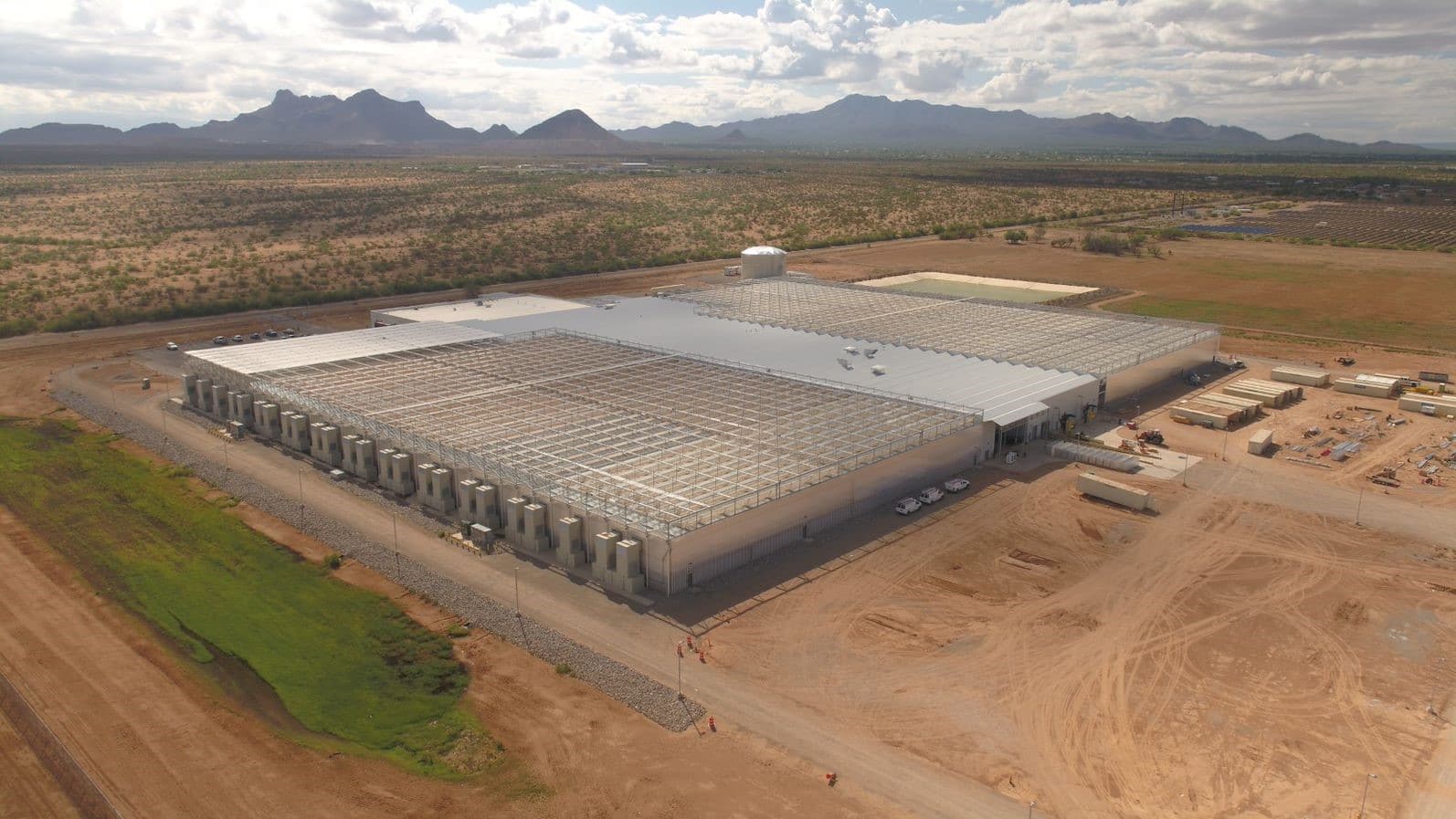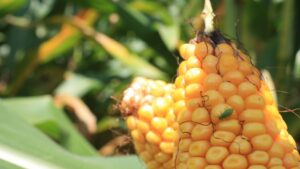Bayer looks to the future with greenhouse breeding.
In March, Bayer opened its first automated greenhouse facility in Marana, Ariz., providing 300,000 square feet of indoor growing space as a new global product design center for corn.
Matt Lingard, Bayer’s Marana Product Development Center Lead, says the company’s latest and most technically advanced greenhouse facility is a big step forward for Bayer in using controlled environments to develop and accelerate production of new products into the company’s research and development pipeline.
The new greenhouse is not designed to replace Bayer’s other breeding programs, but rather complement and accelerate those efforts. Bayer believes traditional genomic breeding and field testing is still necessary.
“We understand farmers face many challenges, and real-world testing of seeds in diverse growing environments with multiple weather scenarios will result in better developed products that meet the needs of our farmer customers,” Lingard says.
The Marana facility is focused on sustainability, seed production and agricultural innovation, leveraging the latest in automation to optimize plant density and workflow.
Bayer chose Marana because of Arizona’s high light quality and environmental conditions which make it ideal for growing corn undercover all year round. Bringing the breeding process indoors within the greenhouse’s controlled environment eliminates adverse weather conditions which can cause delays in new seed development, and additional growing cycles can be achieved each year.
Sustainable Solutions
The facility’s design centers around sustainability.
“From composting 100% of our harvest material to using growing medium that consists of peat moss and Hydrafiber, which is potting media made from finely ground, sustainably-sourced wood fiber, we are reimagining from beginning to end how to reduce our environmental footprint while producing corn products for farmers around the world,” Lingard says.
The Marana greenhouse facility also uses integrated pest management practices that leverage biological controls and beneficial insects.
“Beneficial insects help us control the bugs we don’t want. These helpful predators eliminate harmful insects, such as aphids, that damage crops inside the greenhouse. Relying on good insects to eat pests reduces the need for pesticide use in our growing facility,” Lingard says.
Bayer’s focus is bringing the Marana site to full functionality, which will continue over the next several months.
“Week-on-week, we are adding more corn varieties to the greenhouse and increasing the total number of plants,” Lingard says.
The first round of research has already been completed.
“We recently harvested the first class of material from the greenhouse and advanced it to the next stage, and location, in our breeding pipeline,” Lingard says.
“Protecting our products under glass enables us to develop the best genetics and next generation traits by promoting our innovation in plant breeding,” Lingard says. “Central to precision breeding is the continued focus on advancing our field testing and high-throughout phenotyping capabilities, expanding environmental insights, and enabling prescriptive nursery and field operations.”
As Bayer looks to the future, Lingard believes connecting genomic and phenomic data engines in real-time will be an important shift in the precision breeding journey.
“With these deeper insights on interactions between germplasm and our other crop technology platforms, it will be possible for research and development to accelerate the development of tailored solutions for customers around the world,” Lingard says.













